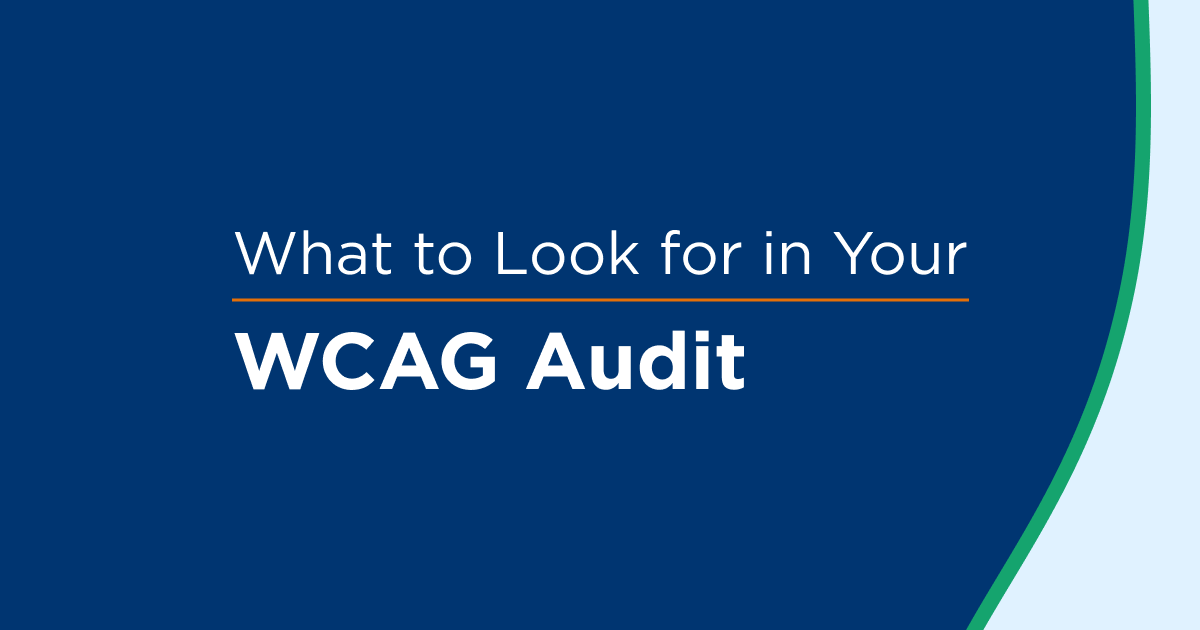Website Accessibility lawsuits in 2019 are on track to exceed 2018's record numbers. But demand letters are still the number one legal action used by plaintiff law firms who want action for their clients quickly.
Why are Demand letters so popular? For one, they take less time and cost to send. They make it easy for both sides to settle quickly. The advocate gets the attention of the company to fix the issue and the defending company avoids a potentially costly lawsuit.
When the US Supreme Court decided not to hear the Domino's ADA case, it was a major victory for disability advocates. It left the decision by the lower court in place that established that companies can be sued under the ADA for websites and mobile apps. This made the threat of a costly lawsuit delivered via demand letter all the more powerful.
Getting a demand letter can be alarming but knowing what to expect can help and knowing how to prevent if from becoming a lawsuit is even better.
8 STEPS TO TAKE IN RESPONSE TO A DEMAND LETTER ON WEBSITE ACCESSIBILITY
It’s crucial that you address a demand letter on website accessibility by engaging your team and considering your options.
- Engage Legal Counsel: Have in-house counsel fully engaged in the subject and/or hire external expert ADA counsel. Demand letters put your company on legal notice, but they also give you time to prepare your defense and position for any form of legal action. Legal counsel will look to delay and extend the process including asking for clarification and detailed justification of the claim. This will provide your team time to get in a better position for negotiations and future defense.
- Plan: Take stock of where you are, what you have done already, what plans are in place and which areas you may need more effort. This will help you to create and document an internal plan. This will be considered your “Accessibility Policy”. If you don’t have in-house resources to help you produce such a plan, you can hire an accessibility consultant to guide you through this process.
- Communicate: Next, you’ll need to communicate this plan internally as well as externally. Placing an accessibility statement on each of your channels shows your visitors that you’re committed to being inclusive. This Statement can help get stakeholders’ buy-in.
- Test: Run an accessibility test of your Website. This will help identify some issues and there are many free online testing tools. However, an automated test will only uncover some of the issues.
- 3rd Party Audit: After initial internal testing, a full-site and/or full-app audit is recommended with an expert and a user, someone who uses assistive devices to visit websites. This will shed light on any problems the automated test didn’t catch.
- Remedy your Website: Once you know what the exact problems are, it’s time to fix them. This might require a few sets of resources: UX, project management, development, and QA testing. Be prepared that this will take the most internal effort and co-ordination. There are different ways to address remediation - UsableNet created this free quiz to help you decide which approach might be best for you.
- Verify: Just fixing the website isn’t enough. You’ll have to verify that those fixes actually solved the problem. The best is to involve members of the disability community as part of your process or use Screen Reader Verification.
- Monitor and Maintain: Website accessibility is not a won and done. As such, these last few tips aren’t so much about taking action as they are about changing the way your organization approaches building websites. Every time you update your website, you must ensure it’s accessible. Otherwise, you’ll receive another demand letter.
WHAT HAPPENS IF YOU IGNORE A DEMAND LETTER ON WEBSITE ACCESSIBILITY?
With the increase of both demand letters and lawsuits, ignoring the issues can only lead to a bigger problem requiring more time and other costly resources.
Download our ADA Digital Accessibility Checklist to learn how you can prevent demand letters on website accessibility.
Ready to become WCAG 2.0 and 2.1 compliant? Let one of our accessibility experts provide you and your team a free consultation and website review.









